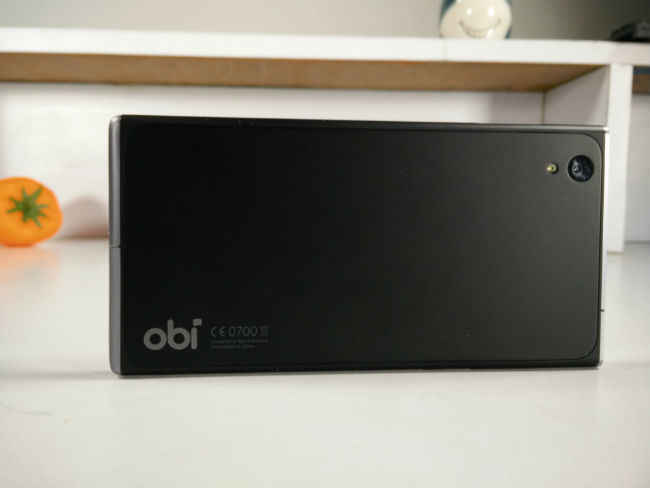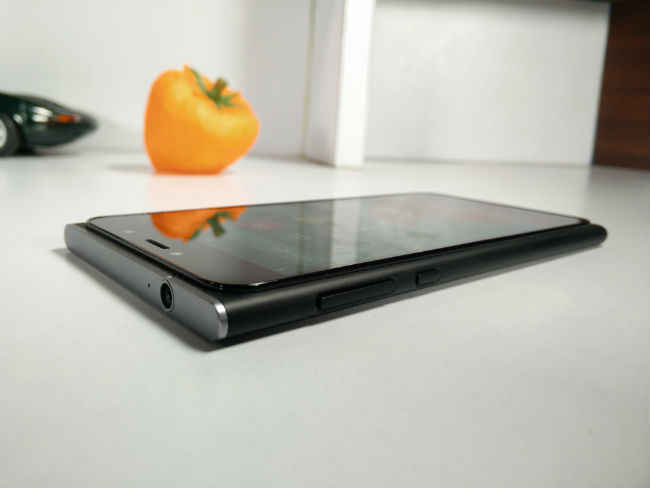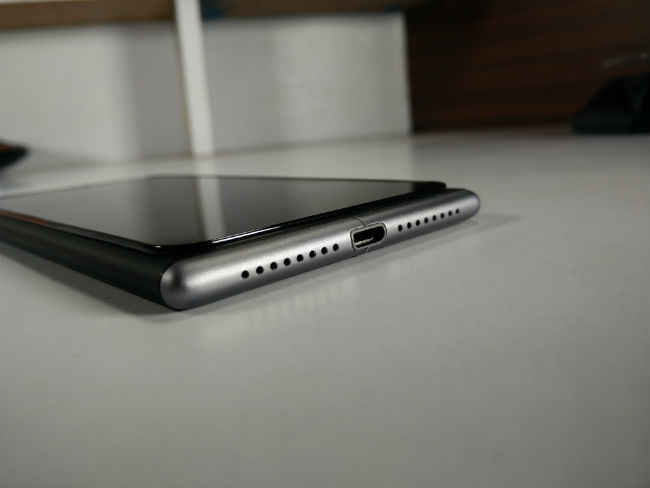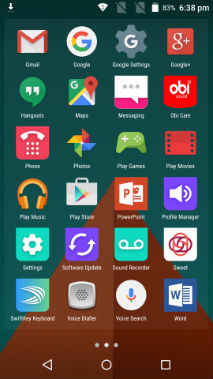Obi Worldphone SF1 Review: Desperately trying to be different
There's no denying that the Obi Worldphone SF1 looks and feels different from its competitors, but that doesn't mean it's good enough to spend your money on. In fact, it's different design is one of the weak areas of the device.
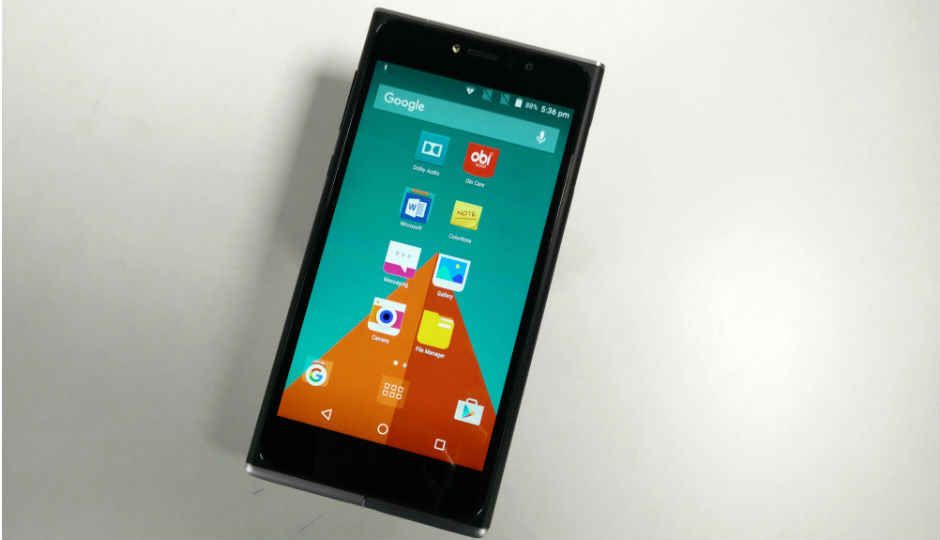
Does different always mean good? That’s a question that the Obi Worldphone SF1 answers. It’s the company’s second stint in India, and the world, for that matter, and Obi is making some tall claims this time. Will they come to fruition? We can’t tell you that at the moment, but we can take a guess with the Obi SF1 review.
 Survey
SurveyBuild and Design
For a phone with a 5-inch display, the Obi SF1 is massive. While many may like how the phone looks, I personally do not. It looks cheap and lacks the fine finish that phones like the Xiaomi Mi4i and others have demonstrated before this.
While the company may be trying to flaunt the raised display, I can’t ignore the fact that it puts the display at risk. Gorilla Glass or not, displays break when not protected, and raised displays aren't protected. Moreover, given how big the phone is, the raised display just adds to how difficult it is to use this phone. The poor ergonomics would have been acceptable had this been a phablet, but for a 5-inch device, it is just too big.
Sure, the phone looks different, but different doesn’t necessarily mean good. The Obi Worldphone SF1 has a design that makes no sense and is different for the sake of being different. It photographs well, and that’s all it does.
Display
The 5-inch 1080p display on this phone is all about filling the spec sheet. No, it’s not bad, but considering that competitors like the Xiaomi Mi4i and Asus Zenfone 2, it looks quite plain. There’s nothing striking about this display, making it quite regular, whether it be in terms of colours or the touch experience. It is a little biased towards the whites, though, and doesn’t do well with blacks.
UI
This is where things really start falling apart. While the SF1’s design and display may still suit some users, it’s Lifespeed UI will suit none. The phone runs on Android Lollipop, with this UI layered over it, and it’s the most laggy experience that I’ve had in a long, long time. More about that, in the next segment.

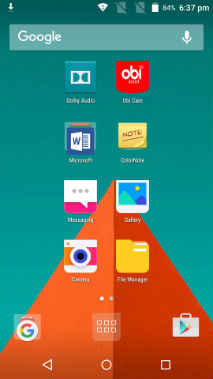
In terms of UI design, the SF1 again accomplishes no purpose. When you turn on the screen, you see a circle with a fingerprint logo drawn in the centre. The circle makes a turn every time you turn the display on, confusing any new user as to how the phone is to be unlocked. It’s not a big deal, but I saw multiple people struggling with it, and strikes me that this is another element that’s just there for the sake of differentiation. It achieves no purpose.
There are minor icon changes and look overhauls as well, but nothing that does anything worthwhile. Maybe I’m nitpicking, but they say that a good phone is one that pays attention to the little things.
Performance
Continuing with the laggy UI, the Obi Worldphone SF1 is also proof of why benchmarks don’t guarantee smooth performance. The Snapdragon 615 inside achieves scores that we’ve seen on other phones running on it, but it’s hard to overlook the fact that 3D Mark lags each time you try to open it. The UI is riddled with such lags, stutters and stops, evidently because of the fact that it hasn’t been optimised. This gets even worse when the CPU is under moderate load, and the phone starts lagging incessantly.
Looking at the benchmarks, though, while the phone can provide numbers similar to the Xiaomi Mi4i, it still pales in comparison to the Asus Zenfone 2 (2GB RAM). What’s also worth noting is that the Obi SF1 throttles the processor to between 960MHz-1.3GHz, under regular usage. This is most likely done to achieve higher battery life.
Battery
Perhaps the only aspect of the Obi Worldphone SF1 that can be called good is its battery. The device has a 3000mAh battery that lives up to the numbers that it gives on benchmarks. On regular usage, you can get it to run for 12 hours, or more.
This is similar to what the best in this price range can provide, but don’t believe anyone who tells you that the Obi Worldphone SF1 can last you for a full 24 hours. There’s almost no Android phone in the market that realistically lasts a full day.
Camera
The SF1 has a 13MP camera on the back, which performs satisfactorily in most lighting conditions, except for low light. The abysmal quality under low light isn’t really helped by the Chroma flash either. Using the Chroma flash gives washed-out images that are not really usable. The camera performs pretty well under sunlight or indoor conditions, though. While it’s not the best in terms of providing details, the colours look nice.
Click images to enlarge
(L-R)Outdoor Gloomy Day, Outdoor Normal Light (3 images), Studio Yellow Light (2 images)
(L-R)Low light with Chroma Flash, Low light, Indoor Fluorescent Light
The deal breaker for me, though, is that the camera takes quite a while to focus and process images. There is also no stabilisation, which results in shaky images. While the Obi SF1 is nothing compared to the Xiaomi Mi 4i’s camera, it’s behind the Asus Zenfone 2 as well, because of its lacklustre low light and slow image capturing capabilities.
Bottomline
To go back to what I started with, the Obi Worldphone SF1 is different from everything around it, but that doesn’t necessarily mean good. The device is different for the sake of being different, and there are plenty of better options. While the Asus Zenfone 2 remains the best buy in the Rs. 10-15k segment, if 12k is as high as your budget goes, then the Xiaomi Mi 4i and the Meizu M2 Note are better options.
Pros:
– Above average battery life
Cons:
– Too big for a 5 inch phone
– Sub-par performance
– Laggy UI
Rating: 59/100
